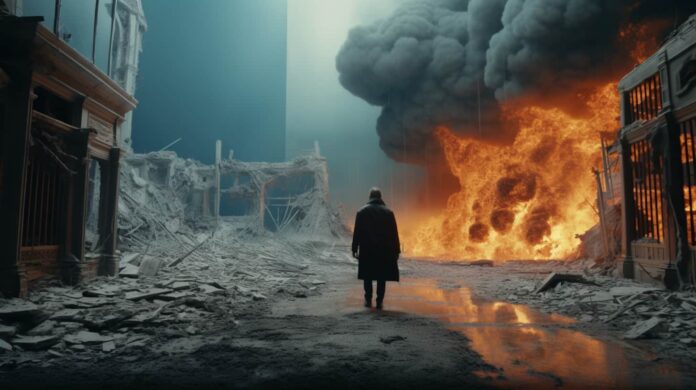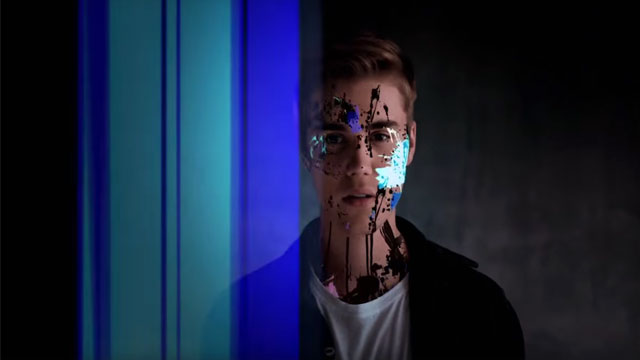Filmmaking has undergone a revolutionary evolution, transitioning from practical effects to the era of digital wizardry. Understanding the distinction between these techniques, the definition of special effects, and the historical trajectory offers insights into the breathtaking evolution of cinematic visuals.
Practical vs. Digital Effects: Understanding the Difference
1. Practical Effects:
Practical effects involve physical elements created and captured in real-world settings. This encompasses tangible props, makeup, animatronics, miniatures, and pyrotechnics executed on set during filming.
2. Digital Effects:
Digital effects, often referred to as CGI (Computer-Generated Imagery), involve the creation of visual elements through computer software. These effects include computer-generated characters, environments, enhancements, and alterations added in post-production.
Defining Special Effects and Digital Effects
1. Special Effects:
Special effects encompass a broad spectrum of techniques used to create illusions or enhance scenes in films. They aim to simulate events, situations, or phenomena that are impractical, dangerous, or impossible to capture naturally.
2. Digital Effects:
Digital effects are a subset of special effects that specifically involve computer-generated imagery or visual effects created and added using digital technology, enhancing or creating elements beyond what practical effects can achieve.
Unveiling the History of Special Effects
The history of special effects dates back to the inception of filmmaking:
1. Early Beginnings:
Practical effects were initially prevalent, relying on techniques like matte paintings, stop-motion animation, and practical makeup effects in early films.
2. Technological Advancements:
The evolution of technology introduced groundbreaking advancements like optical effects, motion control, and the use of models and miniatures, revolutionizing special effects in films.
3. Digital Revolution:
The late 20th century witnessed a seismic shift with the advent of CGI. Films like “Jurassic Park” and “Terminator 2” showcased the potential of digital effects, leading to their widespread adoption in modern filmmaking.
The seamless integration of practical and digital effects today enables filmmakers to create immersive and visually stunning narratives that were once inconceivable, ushering in a new era of cinematic storytelling.







